Cooling-pad maintenance tips to relieve bird heat stress
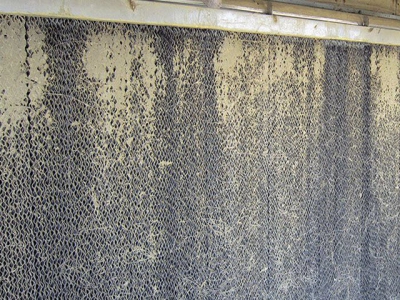
Cooling-pad maintenance is important to avoid system problems, as in this photo, which could reduce bird performance due to heat stress. | Auburn University National Poultry Technology Center
Regular maintenance of your poultry house’s evaporative cooling system is the best way to maximize the temperature drop across the pads and maintain bird performance in hot weather.
“In order to achieve optimum efficiency, evaporative cooling pads need to have proper maintenance,” according to Brett Ramirez, Ph.D., assistant professor in the Department of Agricultural and Biosystems Engineering at Iowa State University.
“Efficiency is a function of the cooling-pad thickness and air velocity across the face of the pad. Anything that affects air flow and water pressure, such as holes in the media or clogging from dirt, sediment or algae, may negatively impact efficiency,” Ramirez said. Producers should include cooling-pad maintenance as part of their standard operating procedures, he added.
Tunnel fans are the primary mechanism to lower house temperatures, while cooling pads serve as an important complement during periods of high outdoor temperatures. As chickens don’t sweat, heat is removed from their bodies by movement of air from the fans and panting (fast, shallow breathing). Moisture evaporates from the respiratory tract as the bird pants, cooling the bird. Increased air velocity and lower humidity both positively impact the amount of heat a bird is able to lose.
Fans pull warm air from outside the building through wet cooling pads, and heat in the air evaporates water in the pad, resulting in decreased air temperature. Generally, air temperatures above 82 to 85 F are when cooling pad systems should be turned on. In most parts of the country, temperatures approximately 80 F correlate to approximately 80 percent relative humidity. The cooling pads won’t have a positive effect on cooling the air when humidity levels are above 80 percent. As outside air temperatures increase, humidity levels fall, which is when cooling pads have an opportunity to impact the temperature of incoming air.

Cooling pads combined with tunnel ventilation can maintain bird performance throughout the summer. | J&D Manufacturing
Why maintenance?
Cooling-pad maintenance is important to avoid reduced bird performance resulting from heat stress, to minimize electricity costs needed to maintain proper inside air conditions and to reduce cooling-pad media replacement costs.
Pad recommendations
Dry media is a sure sign of plugged holes in the water-distribution pipes. Keep the holes open to prevent uncooled air from entering the house.
Pads need to dry out every day to reduce algae growth. Usually the system doesn’t run at night, so this requirement generally takes care of itself.
Evaporative-cooling pads should be cleaned once a month. While the pad is dry, first use a soft bristle brush to remove mineral buildup. Consult with the pad manufacturer to determine proper cleaning agents to remove algae and remaining mineral scale. For cleaning, use garden hose nozzles with low pressure, as high pressure washers will damage the pads.
Water-system recommendations
The frequency of water-system maintenance depends on water quality and amount of time the system is running. With average to good water quality, many experts recommend weekly flushing and cleaning. Empty the entire system and refill it with fresh water. Rinse out all the water collection troughs and pumps. Be sure the water-supply lines contain filters that are cleaned and flushed.
If the cooling-system water has a high mineral content and/or the system is running many hours a day, it is recommended to complete these tasks twice a week. If the water is extremely high in mineral content, experts recommend automating the flushing process and setting it to run daily.
As an alternative to emptying the system, some producers opt to have a continuous bleed to avoid mineral buildup. From 3 to 10 percent of the water flow is drained from the water supply line, return line or the sump tank. Some systems are bled from the water collection gutter, which reduces the waste of clean water. The drain line should not return to the system. Chemical levels must be closely monitored in order to maintain the proper activity level in the system.
Water-quality considerations
Water quality becomes a balancing act, so a complete water profile is an important first step when setting up a maintenance program. It is recommended to have a chlorine level of 3 to 5 parts per million to reduce algae growth (some manufacturers recommend 1 to 2 parts per million).
An important task is to analyze the water source and understand both pH and hardness. Experts recommend water pH to be between 6 or 7 (slightly acidic) and 8 (slightly caustic). Water that has an alkaline profile generally contains minerals and/or contaminants that corrode pad media. If not kept from accumulating, these minerals solidify and impede air movement through the media.
Some producers install water softeners to avoid problems of mineral calcification on the media. Others add acid to lower the pH, which may help control the mineral build-up by increasing calcium solubility and neutralizing bicarbonates. However, algae growth may become an issue with a lower pH.
Algae control
In the evening, after outside temperatures reach acceptable levels, turn the pump off to stop water flow to the cooling pad, but continue to run the fans for 30 minutes. This simple practice will help dry the media more completely and reduce algae growth potential.
Design recommendation
If the cooling pad is not already shaded, consider design modifications to shade both the media and the pump. Algae growth will be reduced in the shade, and cooler operating temperatures for the pump will extend service life.
Sometimes the simple maintenance tasks are those that get lower priority, but those delays may cause a very costly drop in production. A good standard operating procedure that requires a thorough maintenance program will contribute significantly to efficient cooling-pad operation and optimum flock performance.
Researchers studying sudden temperature drop
When evaporative-cooling systems are turned on, at times, the temperature drop is significant, especially in low-humidity climates. This sudden chilling is thought to possibly have a negative impact on bird performance in some situations. Researchers are investigating approaches to allow for a more gradual cooling by regulating how fast water is absorbed by the cooling media.
Chinese investigators have used a plate to cover outlets on the water supply pipe, which are adjusted to allow a more gradual wetting of the pad. Another group from China and Iowa State University has developed a software program that starts and stops the water circulation pump intermittently during start-up, resulting in gradual media saturation.
It is possible system suppliers will use these studies to design practical solutions to reduce the incidence of the sudden temperature change and its negative effects.
About Author:
Jerry Dreyer has worked in the poultry industry in global marketing and sales roles in animal health and genetics companies. He now assists clients with market and product development, communications, research and marketing projects.
Có thể bạn quan tâm
Phần mềm

Phối trộn thức ăn chăn nuôi

Pha dung dịch thủy canh

Định mức cho tôm ăn

Phối trộn phân bón NPK

Xác định tỷ lệ tôm sống

Chuyển đổi đơn vị phân bón

Xác định công suất sục khí

Chuyển đổi đơn vị tôm

Tính diện tích nhà kính

Tính thể tích ao hồ


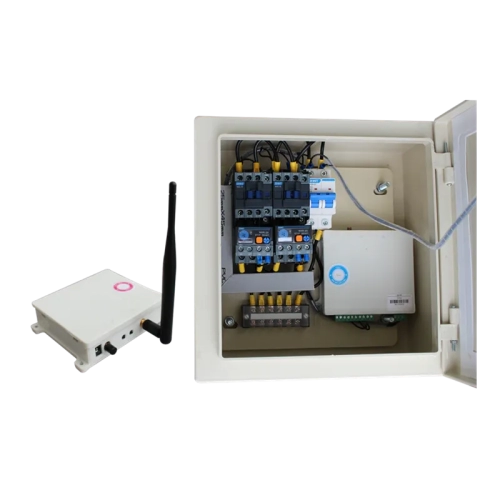

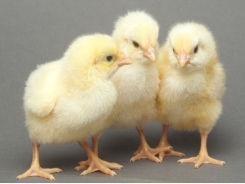
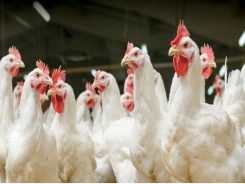
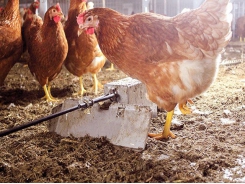



 ‘Better Life’ standard a healthy…
‘Better Life’ standard a healthy…  Tools for litter management in…
Tools for litter management in…